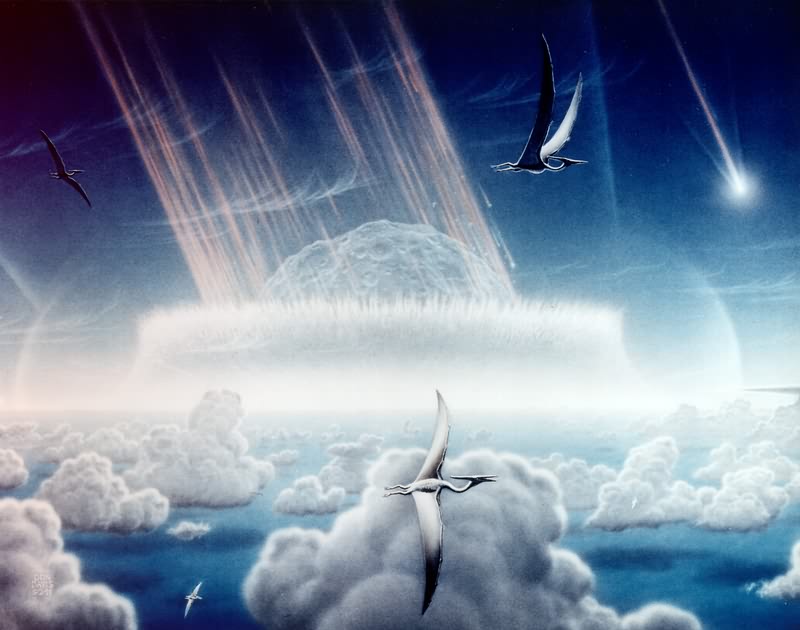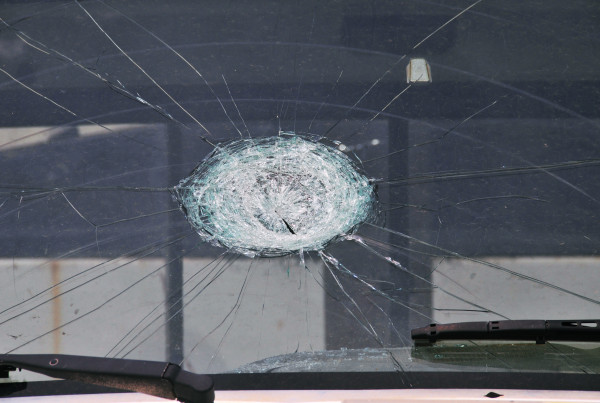Have you ever wondered what happened to the dinosaurs? Well, you’re not the only one. That’s why an international group of scientists, funded by the European Consortium for Ocean Research Drilling, are planning to launch an expedition to drill into the Chicxulub crater, a 150 mile wide impact crater buried underneath the Yucatan Peninsula in Mexico.
Scientists believe the crater was the result of asteroid that killed off the dinosaurs nearly 65 million years ago. Sean Gulick is a geophysicist from the University of Texas in Austin and is one the leaders of the expedition.
“The thought is that it created such a change on the earth’s climate, and so we want to study what exactly happened at the time of the impact itself,” Gulick says. “And we want to study what happened as life tried to recover from this massive extinction event.”
They hope by pulling core samples from below the seabed they will be able to find a string of evidence pointing to the rise of mammals. Of course, like any good scientific research, nothing is set in stone.
“We have a lot of ideas on how this impact might work, and how the extinction event happened, and how this extinction event happened. But every time you actually get samples from beneath the surface, you learn that your not always exactly right, and I expect that we will have a lot of surprises that will be fun to talk about.
Right now Gulick and his team are looking to fill in their ranks with scientists from around the world. The expedition is expected to launch in April of 2016.











